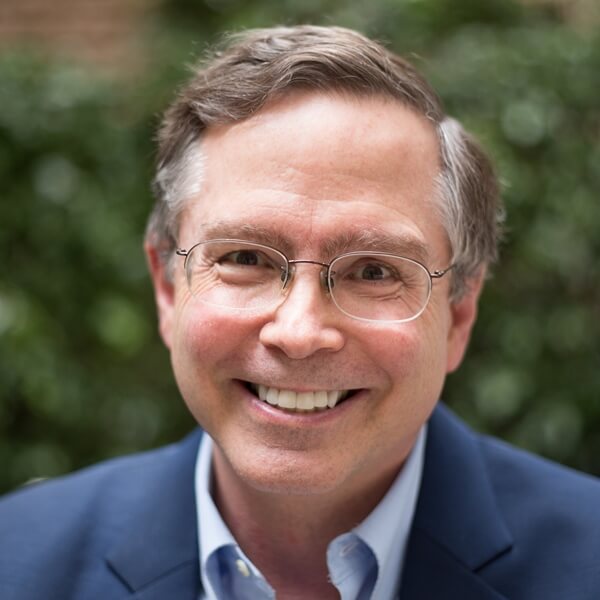Originally appeared at techmatters.org
Imagine if we could help communities understand what business as usual will mean for them in twenty years. What would happen if the status quo for a given community and existing economic and climate trends simply continue? And then imagine if we could help them think about what if? What if bad land use policies could be reduced 20%? What if we had more investment in regenerative agriculture? What if we protected the watershed for our provincial capital, conserving those forests for wildlife, and didn’t have to invest in an expensive water treatment plant?
That’s the idea behind Terraso, Tech Matters’ newest project. We’re the technology partner in an ambitious initiative called 1000 Landscapes for 1 Billion People. Actions and plans at the global/UN level and the national level are crucial for the world, but we think there’s a hugely important gap to fill at the local level. That’s where so many of the decisions get made that affect people, food and planet. And, these are real, complex landscapes with many issues and competing interests which need to be taken into account when building the better, more sustainable local economy of the future.
Although inspired by a game, our job is to do far more than simply provide knobs to twiddle. We’ll be making tools to make critical information and simulations far more accessible to the communities themselves. We will preserve the decisions that are made by the communities as they generate them. We’ll ensure that data collected about an area stays available to the people who live there, rather than being taken away or privatized. And finally, once a community has settled on its top priorities, we’ll walk them through step-by-step on how to find the capital for those ideas from mainstream investors, impact investors, banks, development banks, foundations and governments.
We spent much of the last year interviewing local leaders all over the world, asking them how Silicon Valley might help them if it really cared deeply about their river valley, their province, their state, their ecosystems: cared about their landscape? The answers we got back were direct:
- They wanted software solutions which work on the technology they have, which is 95+% Android phones with poor data connections.
- They wanted the data about their place. Amazingly enough, local leaders often lack data about the place where they live, data often possessed by others. We unfortunately learned the term “data colonialism.”
- They wanted maps. Not high-end workstations with highly trained specialists: maps that regular people could use. Four by six meter paper maps of their province, which could be carried from community center to community center.
- They wanted to communicate with everybody. They wanted two-way communication with their smallholder farmers. They wanted to explain to the outside world why they should pay premiums for their products, visit their tourism sites and invest in their community.
- They wanted money. They need every kind of funding, from grants to get these processes going, to loans for new infrastructure to advance a more sustainable economy, to equity investments in business opportunities.
In 2021 we will be working to meet these needs together with our 1000 Landscapes partners: Commonland, Conservation International, EcoAgriculture Partners, the Rainforest Alliance, UN Development Programme and the WWF Landscape Finance Lab. We’ll be creating the Terraso digital platform to bring these capabilities to local landscape leaders all over the planet, populated with data, technology tools, capacity building resources and new financial instruments and structures. Our goal is to help these communities come together, understand what business as usual holds, develop a vision for a better future, and follow through on the actions they prioritize.
Humanity collectively already has the data, and the capital, to build the more sustainable economies of the future. Thanks to funding from forward-thinking funders like the IKEA Foundation, the Patrick J. McGovern Foundation and Schmidt Futures, we are eagerly starting to build the Terraso platform in deep engagement with over a dozen regions in Africa, Latin America and Asia. They share our vision of creating Terraso as a digital public good, supporting both environmental and economic goals. We expect to be shipping useful (and open source!) software in the second half of 2021, with a view to supporting tens, hundreds and eventually one thousand landscapes around the world over the next decade.
We look forward to sharing our progress with you over the coming year, and hope we will be engaging with you to realize this vision of locally-led actions to improve the lives of people, grow the food they need, and defend the planet as a whole. Join us!

